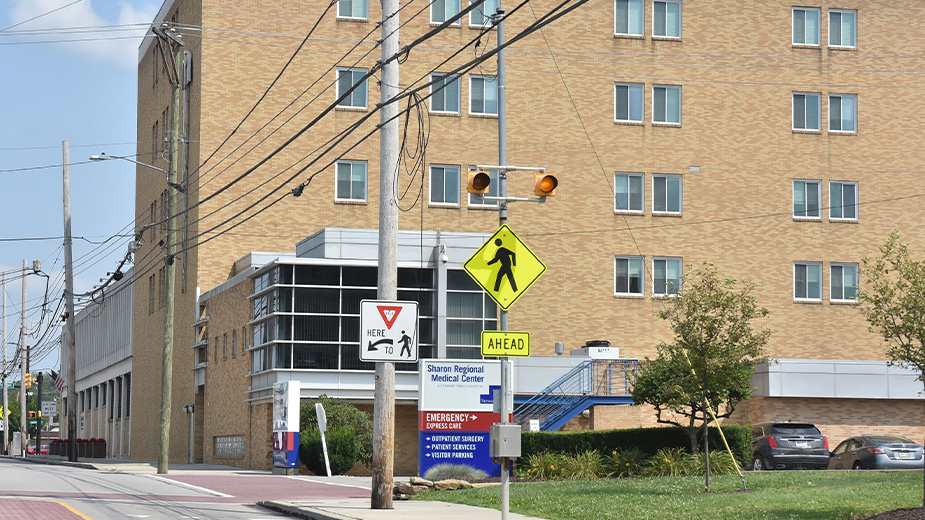Hospitals Now Must Post Prices – All of Them
YOUNGSTOWN, Ohio – As the clock struck midnight and a new year began, a new mandate from the Centers for Medicare & Medicaid Services took effect requiring all hospitals in the country to post online a list of standard charges for items and services.
Locally, the move has been hailed as a step toward full transparency in light of the rising costs of health care.
“We believe in price transparency and empowering consumers to know more about the cost of their care,” said Mercy Health in a statement. “We recognize that health care is complex, and we work closely with patients and their families to provide information about the cost of their care, what their insurance covers and ultimately what their out-of-pocket expense may be.”
For many hospitals, including those in the region, the requirement had little impact, as state regulations already required them to disclose such information, though the federal regulation says the prices must be posted in a “machine-readable” format, such as an XML or CSV file that can be opened in Microsoft Excel. There is currently no penalty for hospitals that do not post their price list.
“The chargemaster reflects a list of every item and service provided, which is used to bill an insurer at a negotiated rate,” said Salem Regional Medical Center director of public relations, Michele Hoffmeister. “In the vast majority of cases, hospitals are reimbursed by insurance companies and Medicare/Medicaid at a rate that is considerably less than the amount charged. The actual amount owed by a patient will depend on that patient’s insurance coverage.”
Even for multiple patients going through the same procedure, she continued, prices can vary based on how long a procedure takes, what medications, supplies and equipment are used and a patient’s health conditions. Salem Regional’s list of prices – the “chargemaster” in industry parlance – includes prices for equipment ranging from a post-op shoe ($127) to pink marking tape ($28) to crash carts ($588).
And when the Centers for Medicare & Medicaid Services requires all charges to be posted, it meant all of them. Salem Regional’s list contains 5,397 items, while Mercy Health’s St. Elizabeth Youngstown Hospital shows 13,210 services and 154,759 supplies. Trumbull Regional Medical Center lists 154,579 items and services, listed from lowest price to highest (“needle 25GX.5 butter 009519” at $0.02 to “ankle fracture system implant” at $180,000).
Many of the items are medications, as each particular pill and size is listed individually. At St. Elizabeth Youngstown Hospital, there are 19 varieties of acetaminophen listed, ranging in price from $1 to $8.14 per dose.
Salem Regional’s listings are organized by alphabetical category – behavioral health to wound care – while Mercy Health lists each item in alphabetical order. Even with the items sorted, there’s still plenty of medical jargon for patients who wish to use the list to work through, listings such as “electrode esurg amb covac 50” ($904 at Trumbull Regional) and “SM 17-25cm vnyl cls-cuf adlt 2 tube” ($19.20 at St. Elizabeth).
It’s these sort of listings that have brought national experts to question the efficacy of posting charge lists for the public in the name of transparency.
“I don’t think it’s very helpful,” said Gerard Anderson, director of the Johns Hopkins Center for Hospital Finance and Management, to Kaiser Health News. “There are about 30,000 different items on a chargemaster file. As a patient, you don’t know which ones you will use.”
Beyond that, if a patient were to know the price of each item and service provided during her stay, the chargemaster doesn’t account for additional fees brought on by physicians, who bill separately for their services.
The administrator for the Centers for Medicare and Medicaid Services says the new regulations are just the first step in improving transparency amid the cost of health care.
“In order for patients to become consumers of health care, they must have transparency in pricing and in outcomes, so that they can shop for quality and value,” said Seema Verma in July. “This is a small step towards providing our beneficiaries with price transparency, but our work in this area is only just beginning. Price transparency is core to patient empowerment and making sure American patients have the tools they need so they can make the best decisions for them and their families.”
Copyright 2024 The Business Journal, Youngstown, Ohio.



